Food Service Management - Food Service Management Aid
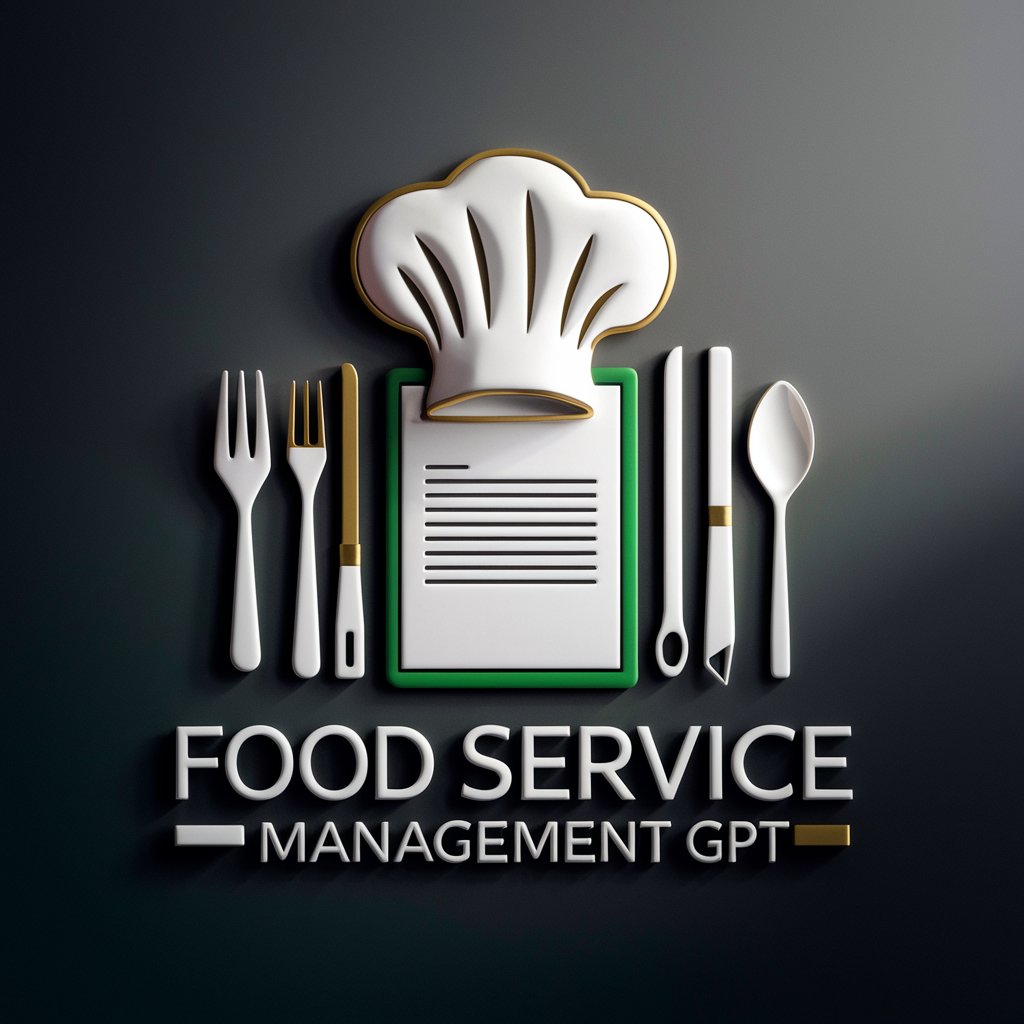
Welcome! How can I assist with your food service needs today?
AI-powered culinary and operational excellence
Suggest a menu for a high-end restaurant featuring seasonal ingredients.
What are the best practices for maintaining food safety in a busy kitchen?
How can I improve customer service efficiency in my food service establishment?
Recommend strategies for reducing food waste in a restaurant setting.
Get Embed Code
Overview of Food Service Management
Food Service Management encompasses a comprehensive suite of responsibilities and activities aimed at ensuring the smooth operation of establishments that serve food and beverages. This includes planning menus, sourcing ingredients, overseeing food preparation, managing staff, maintaining food safety standards, and enhancing customer satisfaction. A key aspect of this role involves balancing culinary excellence with operational efficiency, ensuring that food is not only delicious but also prepared and served in a timely, cost-effective, and safe manner. For example, a food service manager at a high-end restaurant might work on creating a seasonal menu that incorporates locally sourced ingredients, train the kitchen and service staff on new dishes, and implement protocols to reduce waste and improve the dining experience. Powered by ChatGPT-4o。

Core Functions of Food Service Management
Menu Planning and Development
Example
Designing a menu that aligns with the restaurant's theme, customer preferences, and seasonal availability of ingredients. This includes creating new dishes, determining pricing, and ensuring a balanced offering.
Scenario
A chef in a Mediterranean restaurant develops a summer menu featuring fresh seafood and local produce to attract customers seeking lighter, seasonal dishes.
Staff Management and Training
Example
Recruiting, scheduling, and training kitchen and service staff to meet the establishment's standards. This also involves developing teamwork and ensuring compliance with food safety regulations.
Scenario
A cafe manager conducts a training session for new baristas, focusing on espresso machine operation, customer service skills, and the importance of maintaining a clean work environment.
Food Safety and Compliance
Example
Implementing and monitoring food safety protocols to comply with local health department regulations. This includes regular kitchen inspections, staff training on hygiene practices, and ensuring proper food storage and handling.
Scenario
In preparation for a health inspection, a restaurant manager reviews food storage procedures with the kitchen team, ensuring all items are correctly labeled and stored at safe temperatures.
Operational Efficiency and Cost Control
Example
Analyzing cost factors such as food waste, labor, and utilities to improve profitability. Strategies might include renegotiating supplier contracts, optimizing staff schedules, and reducing energy consumption.
Scenario
A bistro owner uses a software tool to monitor food cost percentages and identifies that reducing portion sizes on certain dishes could maintain quality while improving margins.
Customer Service and Experience
Example
Ensuring that guests receive high-quality service and addressing any issues that arise to maintain satisfaction. This includes training staff on customer interaction and feedback collection.
Scenario
After receiving feedback about slow service during peak hours, a restaurant manager implements a new table management system to streamline seating and reduce wait times.
Who Benefits from Food Service Management?
Restaurant Owners and Managers
Individuals responsible for the day-to-day operations of dining establishments. They benefit from food service management by gaining insights into efficient restaurant operation, enhancing customer satisfaction, and improving profitability.
Culinary Professionals
Chefs and kitchen staff who seek to refine their menu offerings, improve kitchen operations, and ensure food safety. Food service management provides them with the tools and knowledge to innovate and operate effectively within their culinary environments.
Food Service Entrepreneurs
Innovators and start-up founders in the food service industry looking to establish new concepts or improve existing operations. They can leverage food service management insights to design appealing menus, create efficient workflows, and build a loyal customer base.
Hospitality and Culinary Students
Students pursuing careers in the hospitality and culinary fields benefit from understanding the principles of food service management to prepare for future roles in managing or operating food service establishments.

How to Utilize Food Service Management
Initiate Trial
Begin by accessing yeschat.ai to start a complimentary trial, no sign-up or ChatGPT Plus subscription required.
Identify Needs
Evaluate your food service management needs, whether it's menu planning, staff management, food safety, or customer service enhancements.
Explore Features
Navigate through the tool's features to understand how it can assist with your specific challenges and goals in food service management.
Apply Insights
Implement the advice and solutions provided by the tool in your operations to improve efficiency, quality, and customer satisfaction.
Monitor and Adjust
Regularly review the outcomes and feedback to refine your use of the tool, ensuring continuous improvement in your food service management.
Try other advanced and practical GPTs
Food Processor
Empowering Culinary Creativity with AI
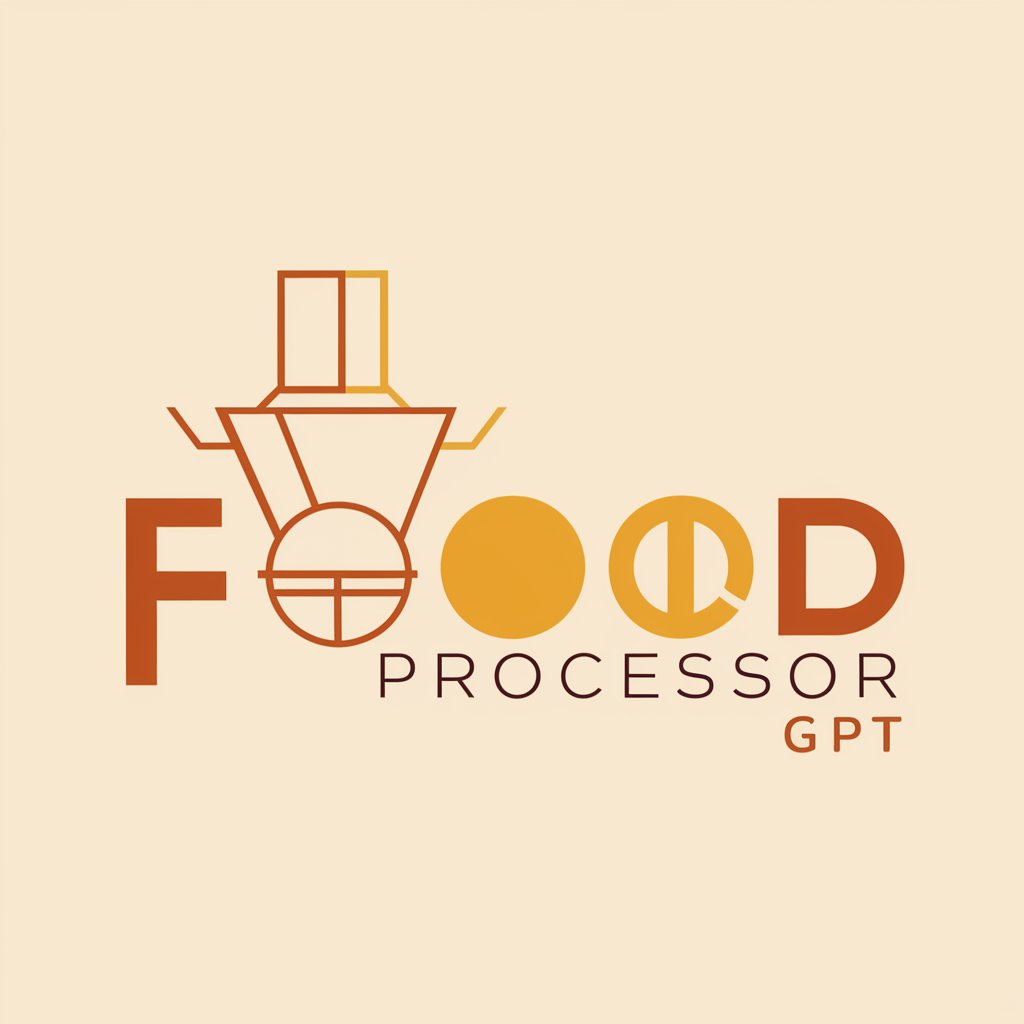
Food Science
Empowering Food Innovation with AI
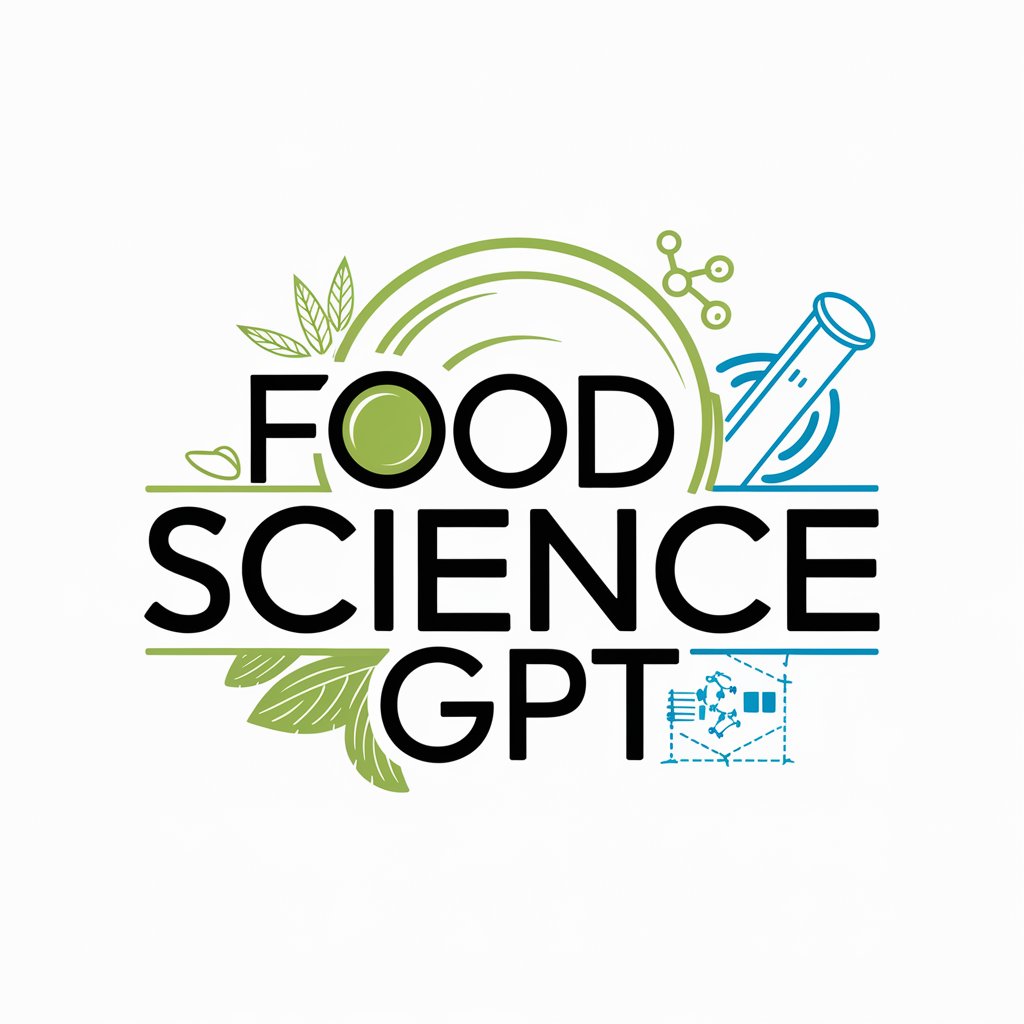
Italy
Explore Italy's Essence, Powered by AI

Ready to Eat
Elevate Your Mealtime with AI-Powered Convenience

SEO-Savvy Fitness Article Editor
Elevate Your Fitness Content with AI

🏆 Coach Corefit
Empowering your wellness journey with AI

Food Services Management
Optimizing food services with AI
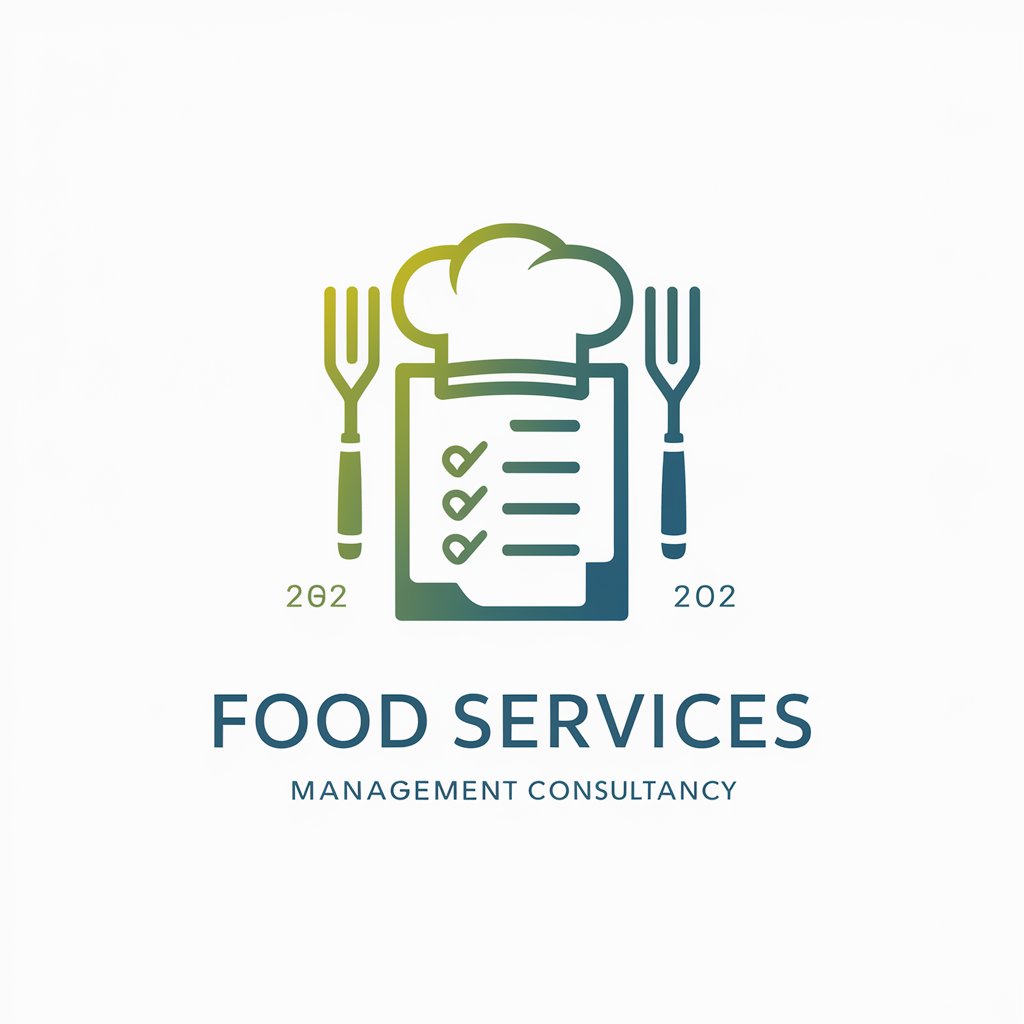
Hockey GPT
Revolutionizing hockey analytics with AI

Lexideck Writing Multi-Agent Workshop
AI-Powered Collaborative Writing Workshop

Water Heaters
Empowering Warm Comfort with AI

Pellet Stove
Warmth, Powered by AI
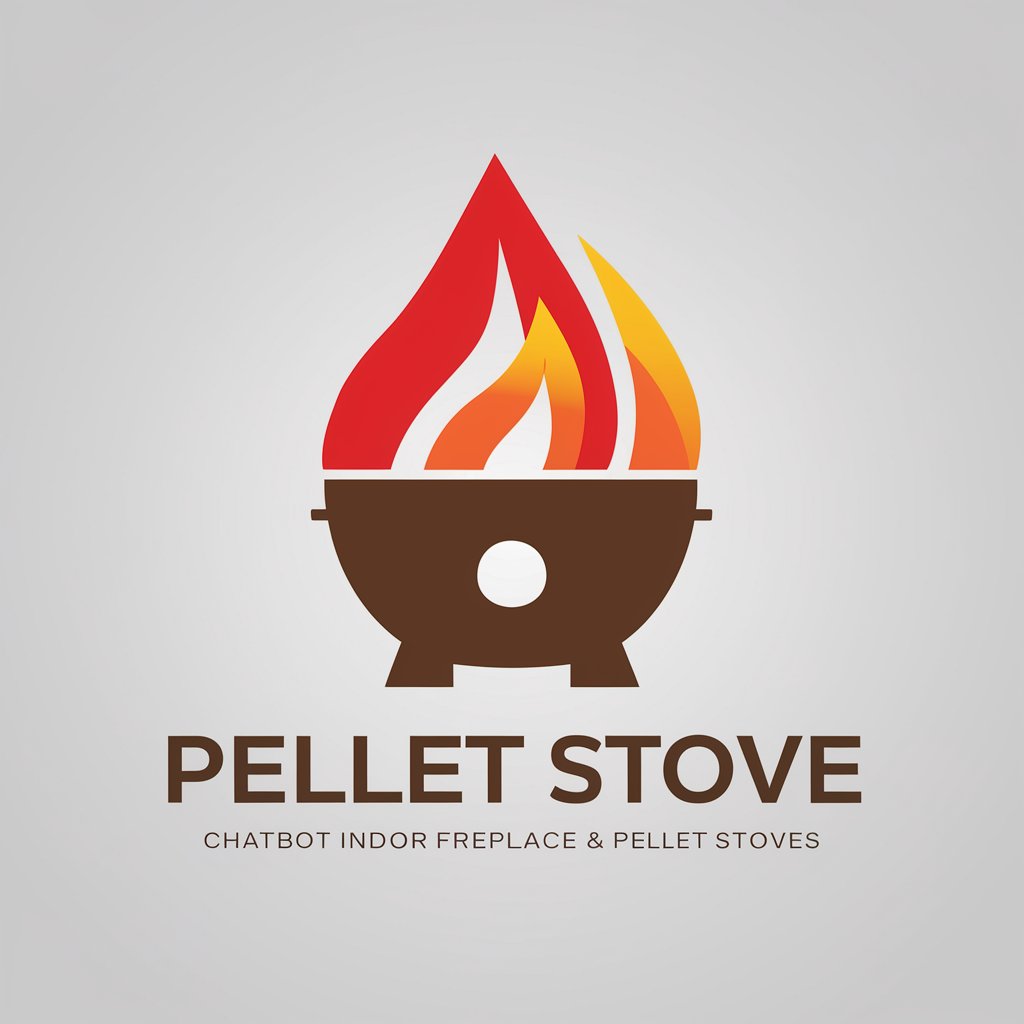
Freezer
Empowering your cold storage decisions with AI.

In-Depth Q&A on Food Service Management
How can Food Service Management help in menu planning?
The tool offers insights into culinary trends, suggests recipes based on your cuisine type, and provides nutritional analysis to help you plan balanced, appealing menus.
Can it assist with managing food safety standards?
Yes, it provides guidelines on food safety practices, helps track compliance with regulations, and offers training resources for staff on maintaining high safety standards.
Does it offer solutions for staff management?
Absolutely, it includes scheduling tools, tips for effective team leadership, and strategies for staff training and motivation to ensure a high-performing service team.
How can I use it to enhance customer service?
The tool helps analyze customer feedback, suggests strategies for improving service quality, and offers tips for effectively handling service issues.
Is it useful for managing costs in food service?
Definitely, it provides advice on inventory management, waste reduction, and operational efficiency to help control costs and improve profitability.
